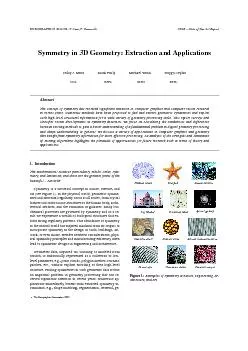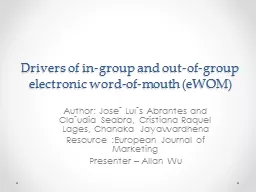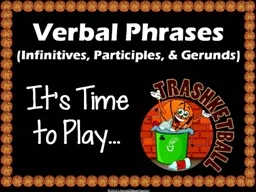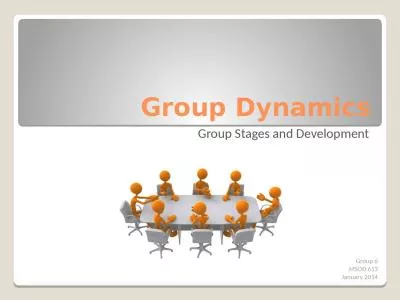PPT-INF3110 Group 2
Author : stefany-barnette | Published Date : 2017-07-28
Exam 2013 solutions and hints But first an example of compile time and runtime type checking Imagine we have the following code What would be returned
Presentation Embed Code
Download Presentation
Download Presentation The PPT/PDF document "INF3110 Group 2" is the property of its rightful owner. Permission is granted to download and print the materials on this website for personal, non-commercial use only, and to display it on your personal computer provided you do not modify the materials and that you retain all copyright notices contained in the materials. By downloading content from our website, you accept the terms of this agreement.
INF3110 Group 2: Transcript
Download Rules Of Document
"INF3110 Group 2"The content belongs to its owner. You may download and print it for personal use, without modification, and keep all copyright notices. By downloading, you agree to these terms.
Related Documents














